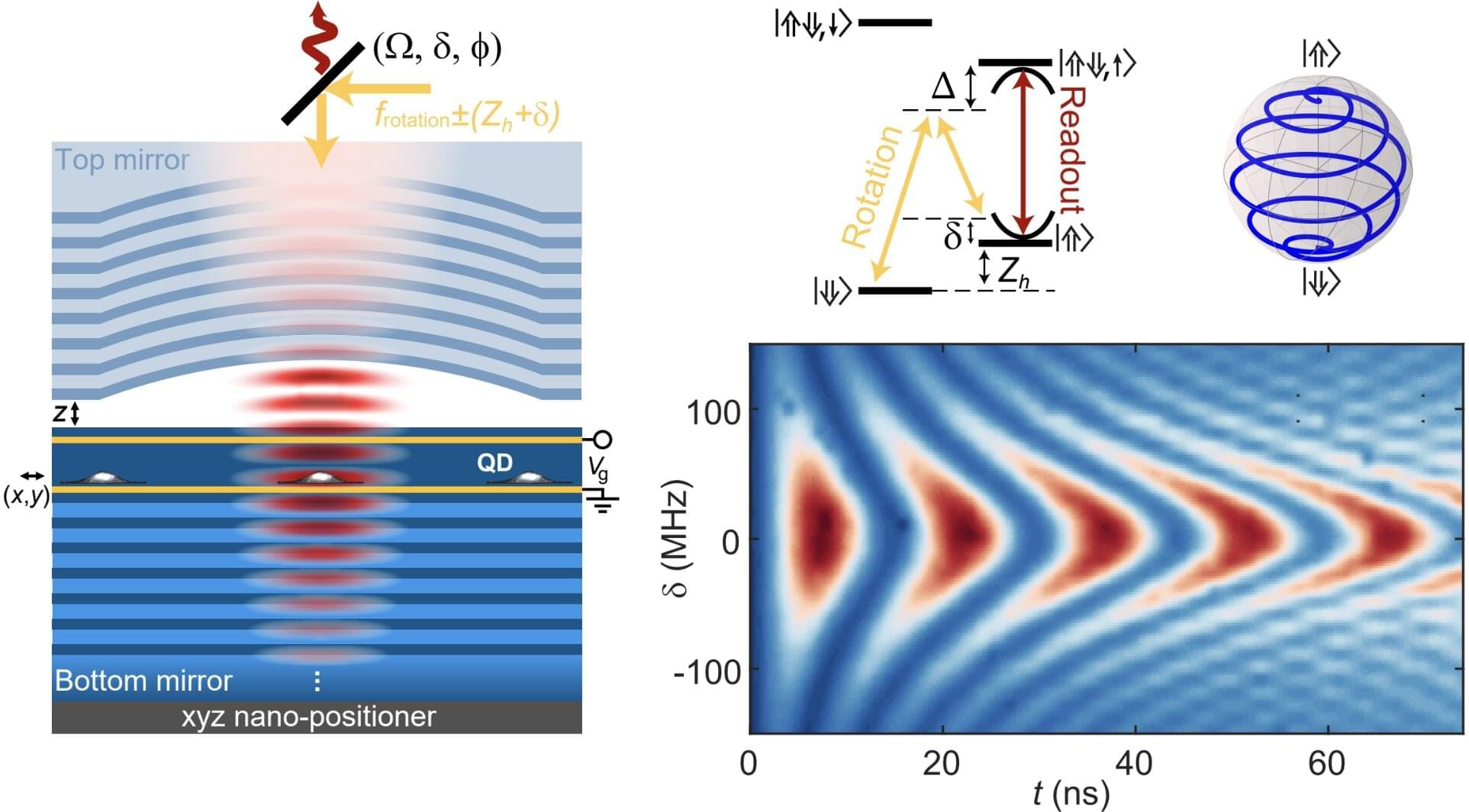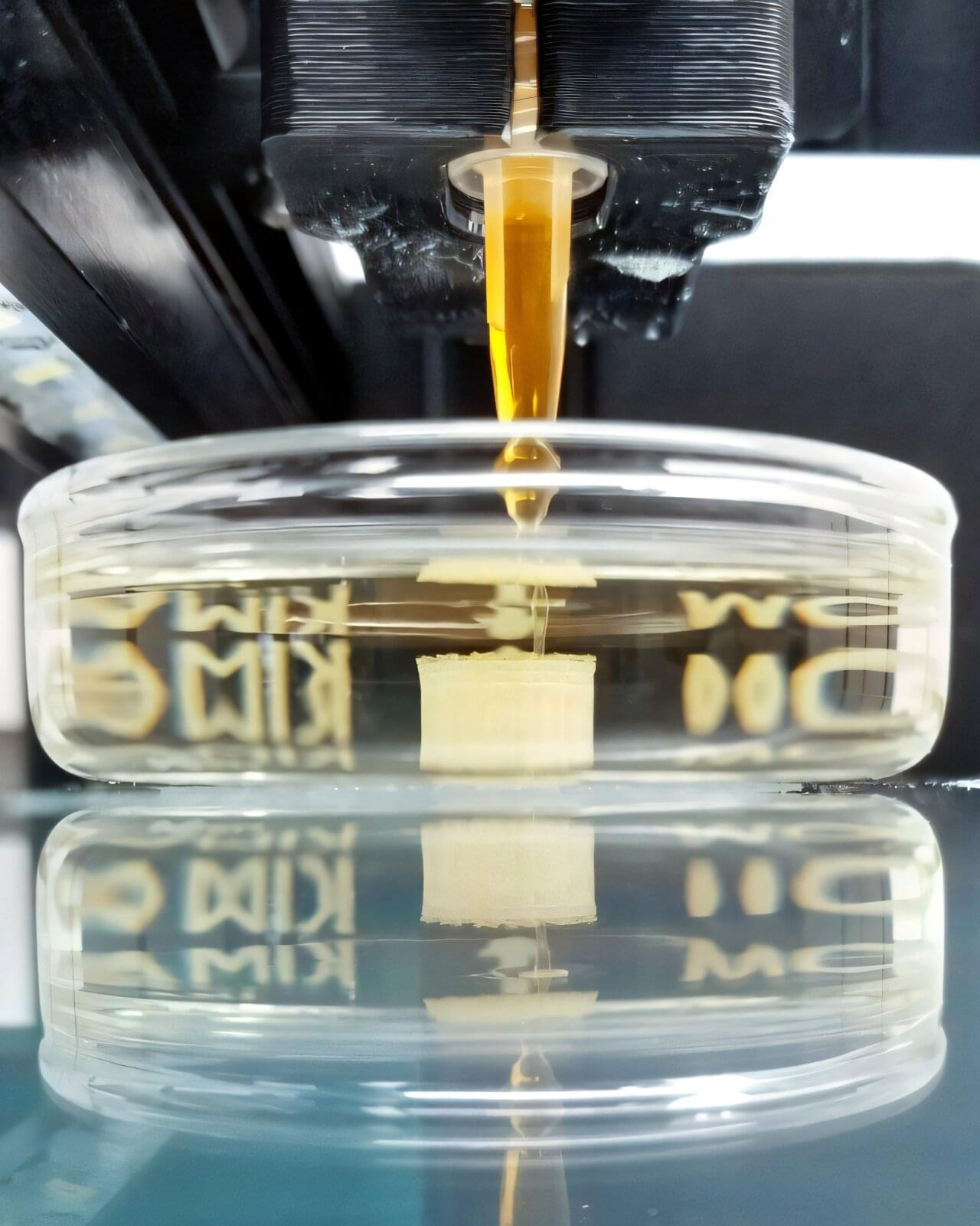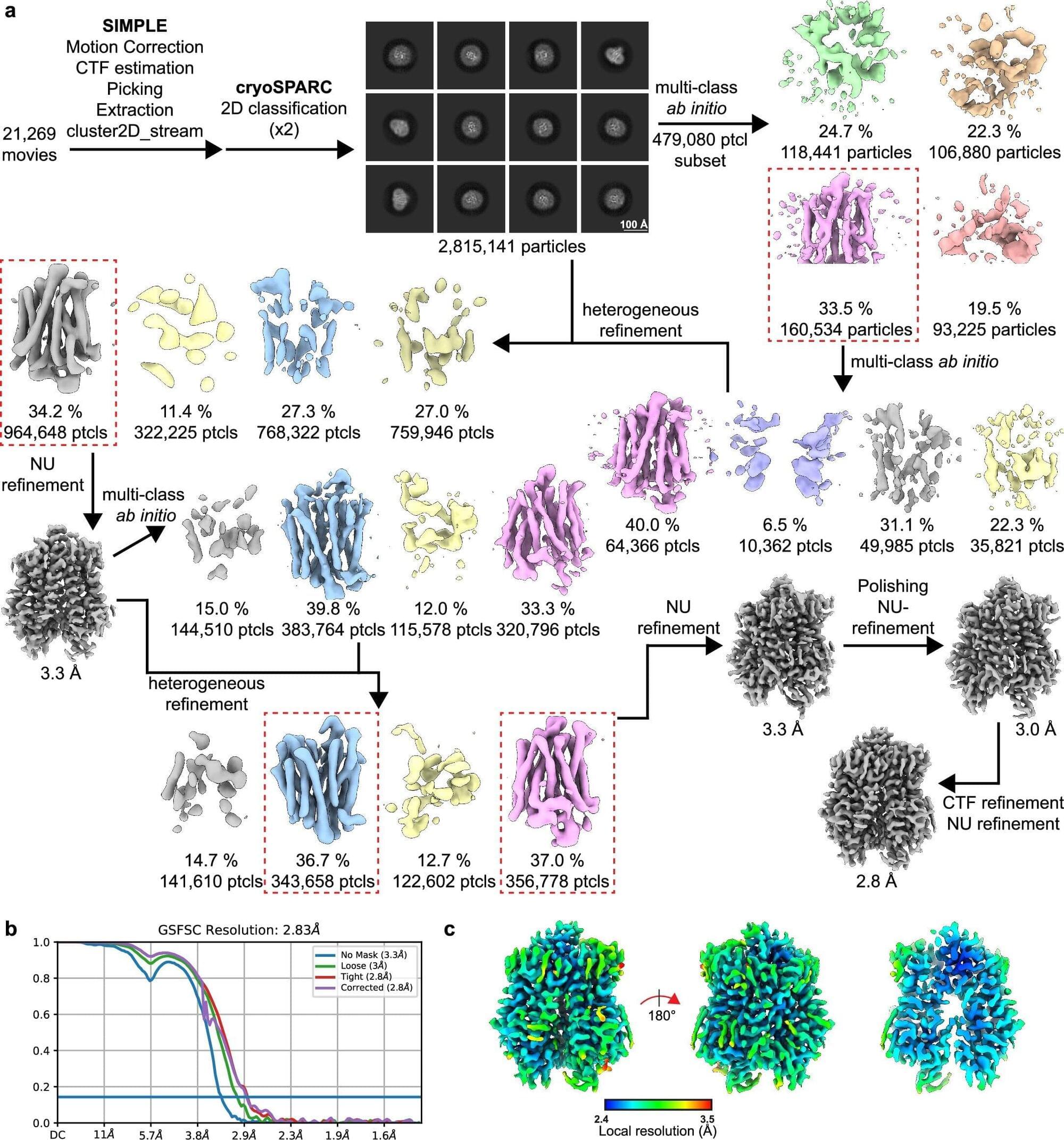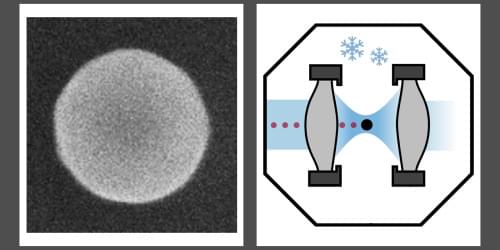China’s.
Discover how nanotubes can revolutionize insulation in aerospace and energy sectors by resisting over 4,700°F.
China’s.
Discover how nanotubes can revolutionize insulation in aerospace and energy sectors by resisting over 4,700°F.

Quantum technologies, devices that work by leveraging quantum mechanical effects, could outperform classical technologies in some fields and settings. The so-called spin (i.e., intrinsic angular momentum) carried by quantum particles is central to the functioning of quantum systems, as it can store quantum information.
To reliably share quantum information across a network, however, spins need to be linked to photons (i.e., particles of light). For decades, engineers and quantum physicists have thus been trying to devise approaches to interface spins and photons.
One strategy to achieve this entails the use of quantum dots, nanoscale semiconductor structures that can trap electrons or holes in distinct energy levels. When placed in carefully engineered optical resonators known as microcavities, these structures can generate individual photons. Nonetheless, ensuring that the coherence of spins is not disrupted by magnetic noise originating from nearby nuclear spins and thus facilitating the preservation of quantum information over time has so far proved challenging.

Nearly a decade after they first demonstrated that soft materials could guide the formation of superconductors, Cornell researchers have achieved a one-step, 3D printing method that produces superconductors with record properties.
The advance, detailed in Nature Communications, builds on years of interdisciplinary work led by Ulrich Wiesner, the Spencer T. Olin Professor in the Department of Materials Science and Engineering, and could improve technologies such as superconducting magnets and quantum devices.
Wiesner and colleagues reported in 2016 the first self-assembled superconductor using block copolymers—soft, chain-like molecules that naturally arrange themselves into orderly, repeating nanoscale structures. By 2021, the group found that these soft material approaches could produce superconducting properties on par with conventional methods.

Quantum dots – semiconductor nanostructures that can emit single photons on demand – are considered among the most promising sources for photonic quantum computing.
However, every quantum dot is slightly different and may emit a slightly different color, according to a team at the University of Innsbruck, Austria, which has developed a technique to improve multi-photon state generation. The Innsbruck team states that, “the different forms of quantum dot means that, to produce multi-photon states we cannot use multiple quantum dots.”
Usually, researchers use a single quantum dot and multiplex the emission into different spatial and temporal modes, using a fast electro-optic modulator. But a contemporary technological challenge: faster electro-optic modulators are expensive and often require very customized engineering. To add to that, it may not be very efficient, which introduces unwanted losses in the system.
Nature Publishing: https://www.nature.com/articles/s41534-025-01083-0
Security wise: The team’s work combines years of research in quantum optics, semiconductor physics, and photonic engineering to open the door for next-generation quantum computers andunwanted losses in the system.
Communications. Here’s what you need to know. Securities IO: https://www.securities.io/passive-two-photon-quantum-dots-secure-communication

According to the World Health Organization, over 15 million people worldwide are living with spinal cord injuries, with the majority resulting from traumatic causes such as falls, road traffic accidents, and violence.
Currently, spinal cord injuries cannot be fully cured, so treatment focuses on stabilizing the patient, preventing further damage, and maximizing function. Emergency care often involves immobilizing the spine, reducing inflammation, and sometimes performing surgery to repair fractures or relieve pressure.
Rehabilitation includes physical and occupational therapy, as well as assistive devices like wheelchairs and braces. While experimental therapies—including stem cells and robotic devices—are being explored, no treatment yet reliably restores full spinal cord function.
Spinal cord injuries are one of the few human injuries where the body cannot naturally heal itself, and the tissue is both structurally complex and extremely sensitive.
“The spinal cord transmits electrical signals from the brain to all parts of the body. When it is severed by trauma—such as a car accident, a fall, or a combat injury—the chain is broken. Think of an electrical cable that has been cut: when the two ends no longer touch, the signal cannot pass, and the patient remains paralyzed below the injury,” explained Professor Tal Dvir, head of the Sagol Center for Regenerative Biotechnology and the Nanotechnology Center at Tel Aviv University, who is leading the effort. Dvir is also the chief scientist at Matricelf, the Israeli biotech company commercializing the technology.
Tel Aviv University announced on Wednesday that the surgery will take place in Israel, marking a historic milestone in regenerative medicine.

This tool provides scanning cryogenic thermal sensing that is 4 orders of magnitude more sensitive than previous devices allowing the detection of a sub 1 μK temperature difference. Furthermore, it is non-contact and non-invasive and allows thermal imaging of very low intensity, nanoscale energy dissipation down to the fundamental Landauer limit of 40 femtowatts for continuous readout of a single qubit at one gigahertz at 4.2 kelvin.

Chronic pain is life-changing and considered one of the leading causes of disability worldwide, making daily life difficult for millions of people around the world, and exacerbating personal and economic burdens. Despite established theories about the molecular mechanisms behind it, scientists have been unable to identify the specific processes in the body responsible, until now.
In an exciting collaboration, a team led by NDCN’s Professor David Bennett, and Professor Simon Newstead in the Department of Biochemistry and Kavli Institute for NanoScience Discovery, have identified a new genetic link to pain, determined the structure of the molecular transporter that this gene encodes, and linked its function to pain.
The findings of the research offers a promising, new, specific target against which to develop a drug to alleviate chronic pain. The paper “SLC45A4 is a pain gene encoding a neuronal polyamine transporter” is published in Nature.

Organic chemistry, the chemistry of carbon compounds, is the basis of all life on Earth. However, metals also play a key role in many biochemical processes. When it comes to “marrying” large, heavy metal atoms with light organic compounds, nature often relies on a specific group of chemical structures: porphyrins. These molecules form an organic ring; in its center, individual metal ions such as iron, cobalt, or magnesium can be “anchored.”
The porphyrin framework forms the basis for hemoglobin in human blood, photosynthetic chlorophyll in plants, and numerous enzymes. Depending on which metal is captured by the porphyrin, the resulting compounds can display a wide range of chemical and physical properties. Chemists and materials scientists have long sought to exploit this flexibility and functionality of porphyrins, including for applications in molecular electronics.
However, for electronic components —even molecular ones—to function, they must be connected to each other. Wiring up individual molecules is no easy task. But this is precisely what researchers at Empa’s nanotech@surfaces laboratory have achieved, in collaboration with synthetic chemists from the Max Planck Institute for Polymer Research.

